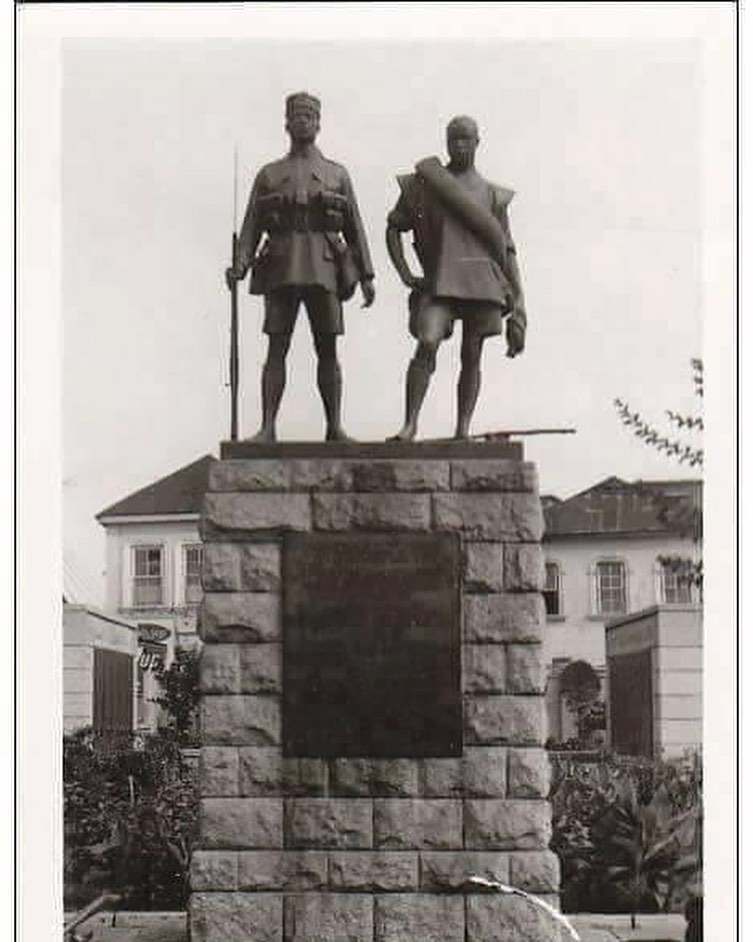This monument was erected by the colonial authorities at a strategic location in Idumota, a part of central Lagos, directly overlooking the Carter Bridge, the first and important artery connecting Lagos Island to the mainland, built in 1899.
The monument was erected in 1935 as a cenotaph to honor the more than 3 million Nigerian-African soldiers who lost their lives while serving in the British Army in defense of the British Empire during the First World War in 1914-1918 and was celebrated annually as a harvest festival on November 16 by the former colonial regime before Nigeria’s independence.
Celebrations continued after World War II in 1939-1945 and after the end of the 1967-1970 Nigerian Civil War, the annual celebration was postponed to January 15 and this day was observed as Armed Forces Day by the military government of General Gowon in memory of all Nigerians. Soldiers who died not only in the First and Second World Wars, but also in the Nigerian Civil War.

The monumental monument was moved from Idumota to the armed forces parade center at Tafawa Balewa Square (also known as the Hippodrome) in Lagos and rebuilt in Abuja in 1990 by the rebel regime of military dictator Ibrahim Babangida, who broke away from General Sani. Abacha’s regime is considered the worst leaders ever to rule the affairs of Nigeria. He stripped Lagos of this great monumental heritage and rebuilt it in the dead jungle of Abuja, which has no historical or cultural connection to the beautiful statue beyond the brutal culture of war.

